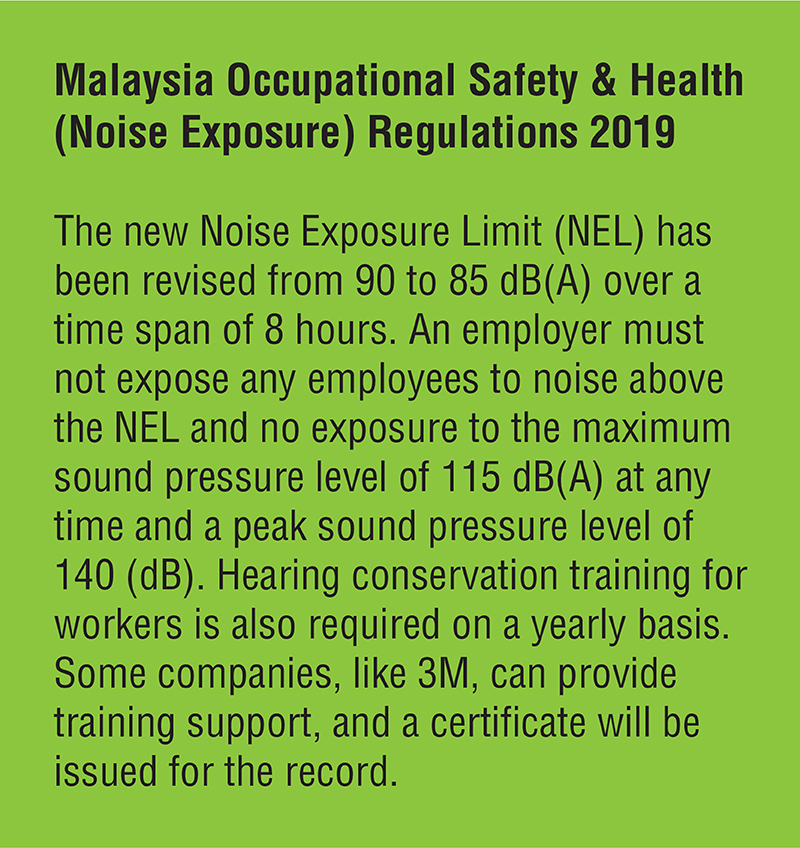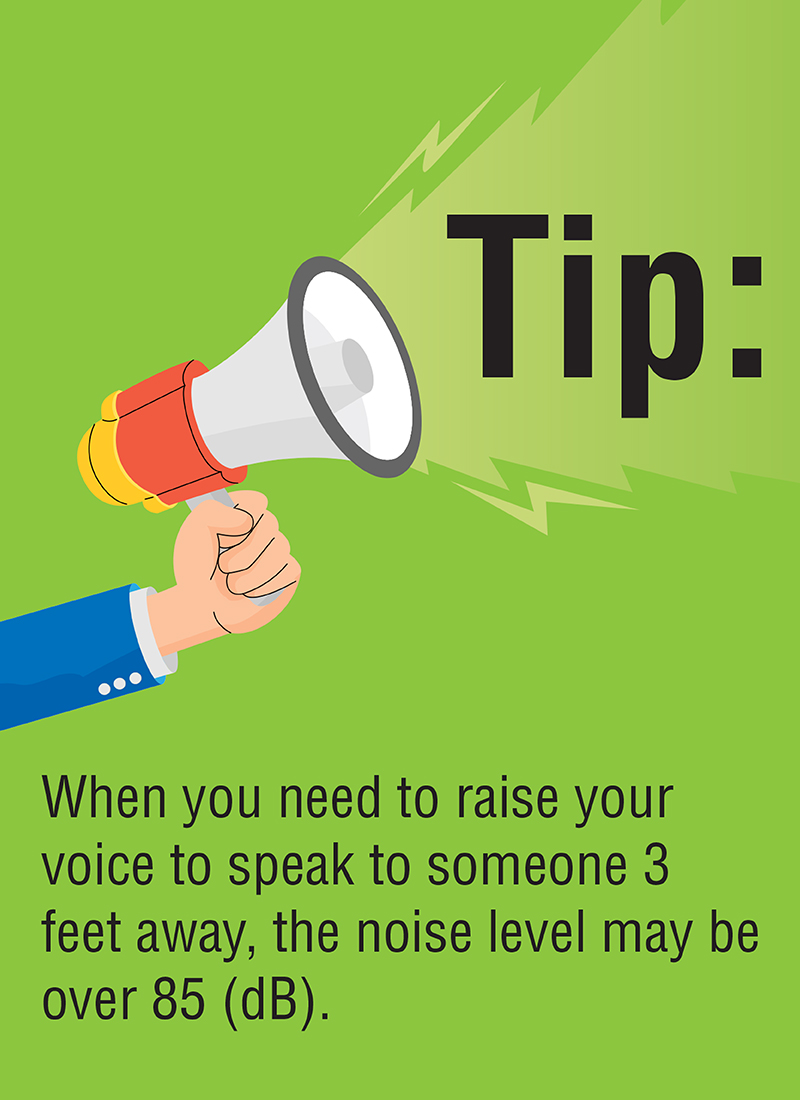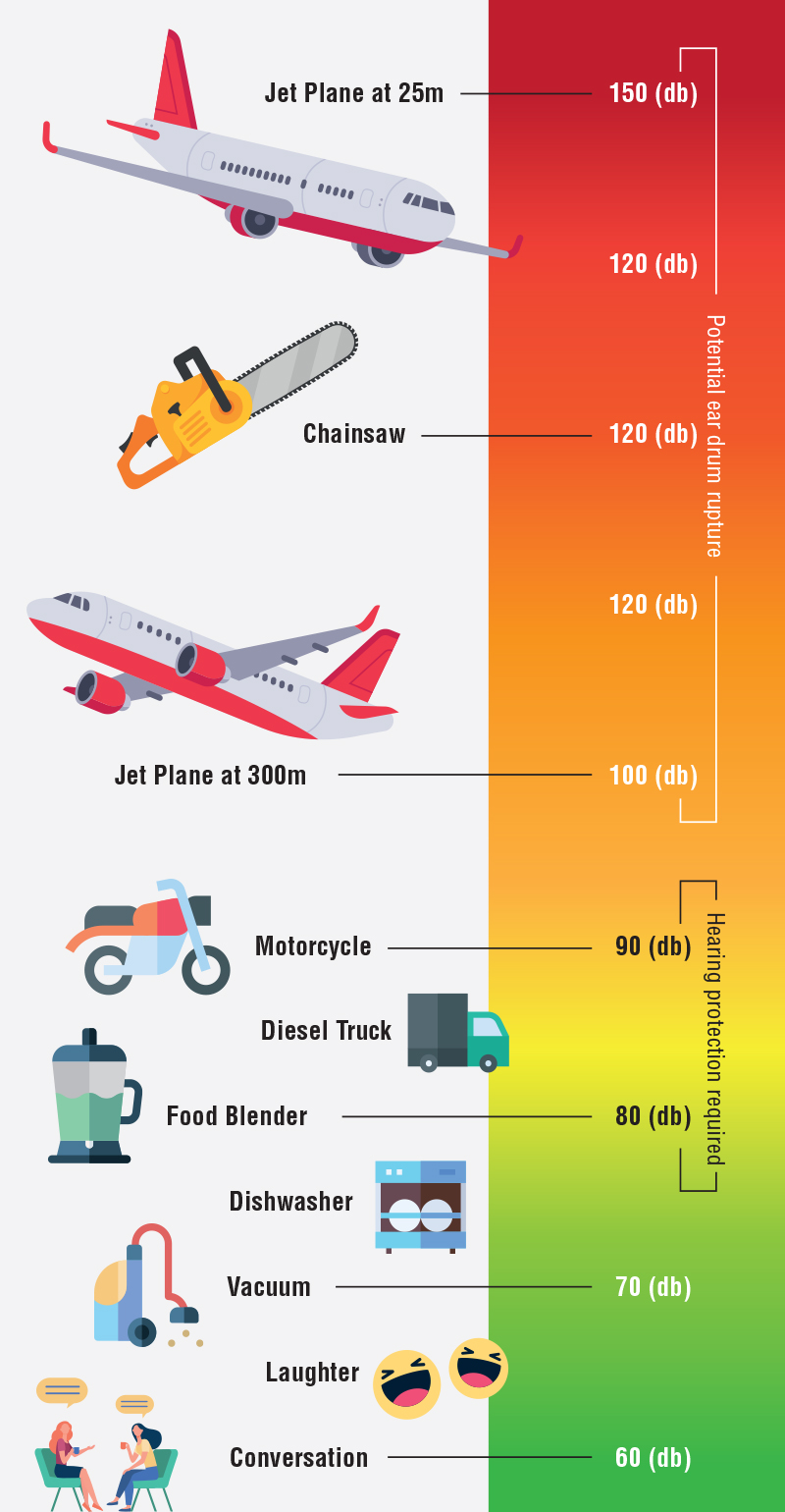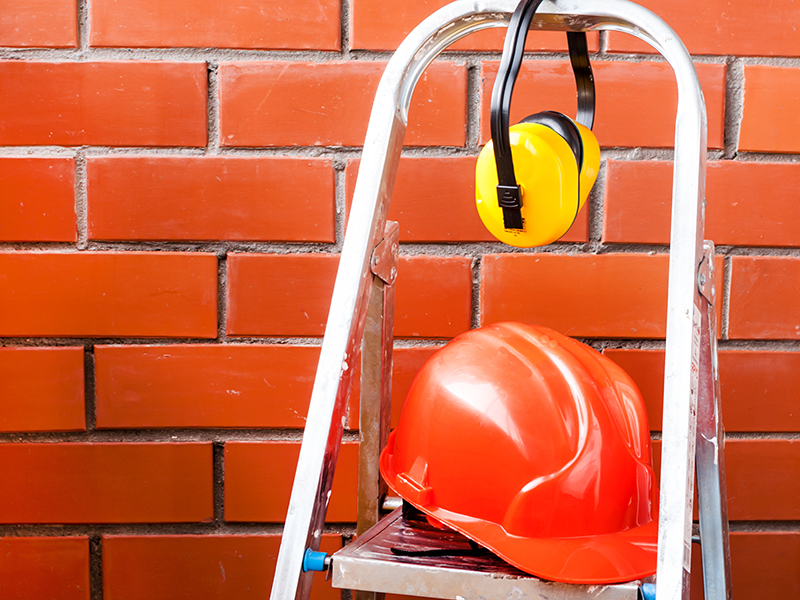3. Reduce exposure to chemicals that may cause hearing damage
Exposure to ototoxic chemicals may be hazardous to workers' health when inhaled, ingested or absorbed by the skin. According to OSHA, the health effects can vary based on frequency, intensity, duration, workplace exposure to other hazards, and individual factors such as age.
The ototoxic chemicals are potentially found in manufacturing, mining, utilities, construction, and agriculture industries. The chemical found in paints, thinners, degreasers, glues, and engine exhausts can travel through the bloodstream, and once it enters the body, the results can damage the nerves in the inner ear.
If there is a choice, using a less toxic or non-toxic chemical may prolong the lifespan of your ears. However, if that is unavoidable, you should always wear gloves, long sleeves and eye protection. This is also a common physical hazard that needs to be prevented. You should also wear a respirator or other protective equipment as necessary.
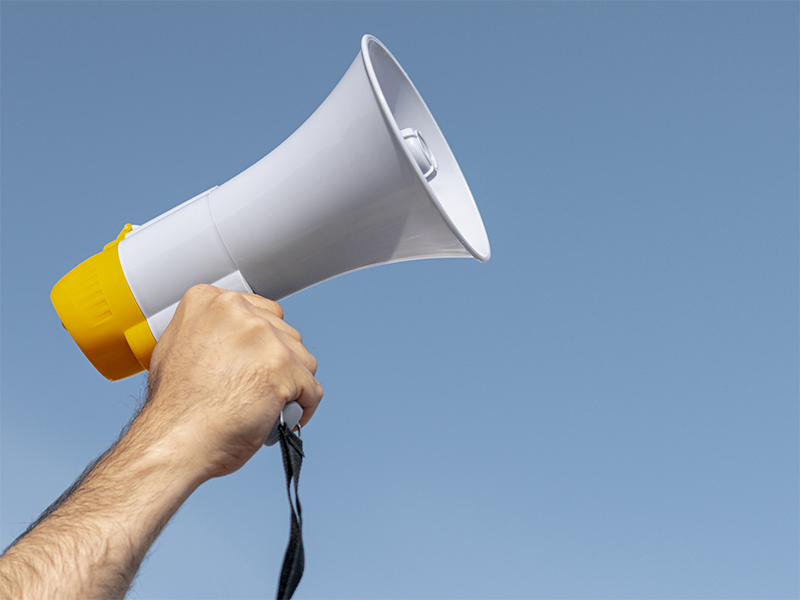
Our hearing is sensitive, and it doesn’t take much to temporarily impair or permanently damage it


